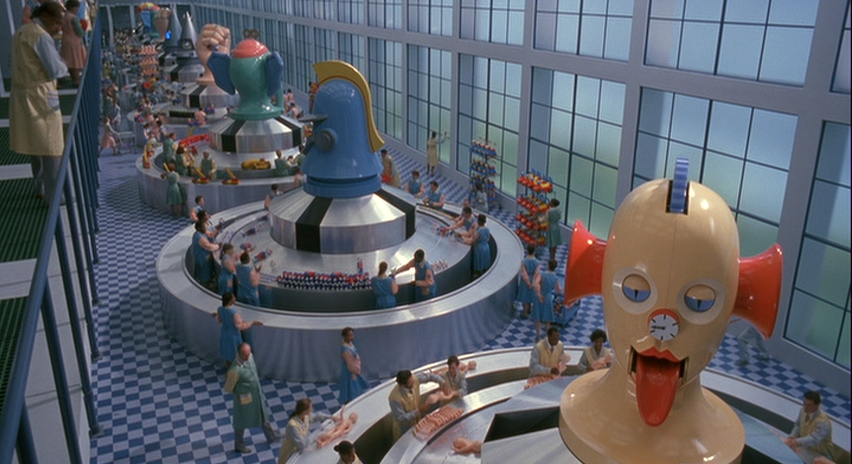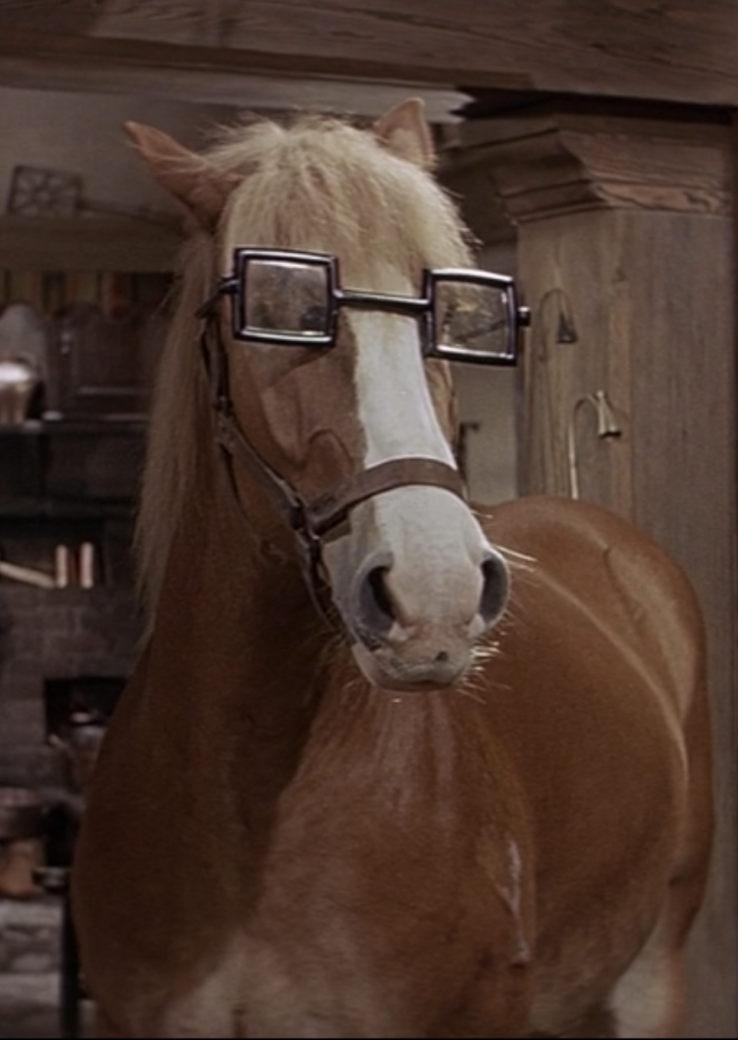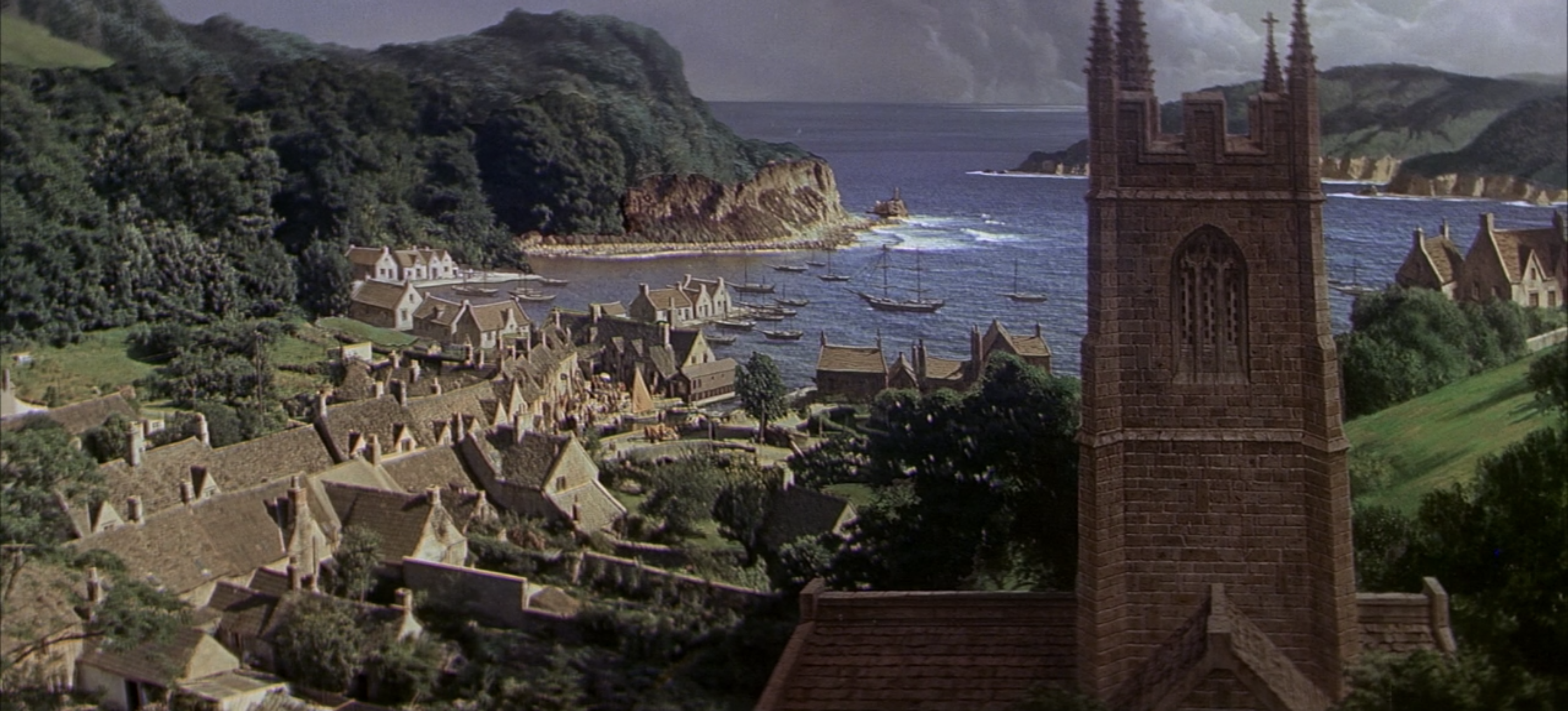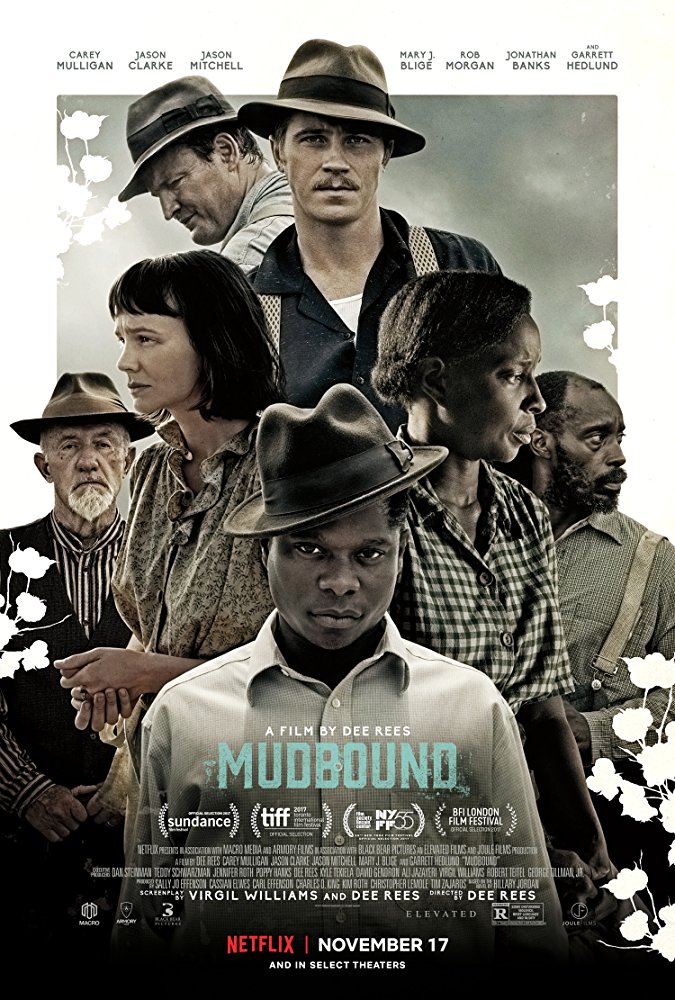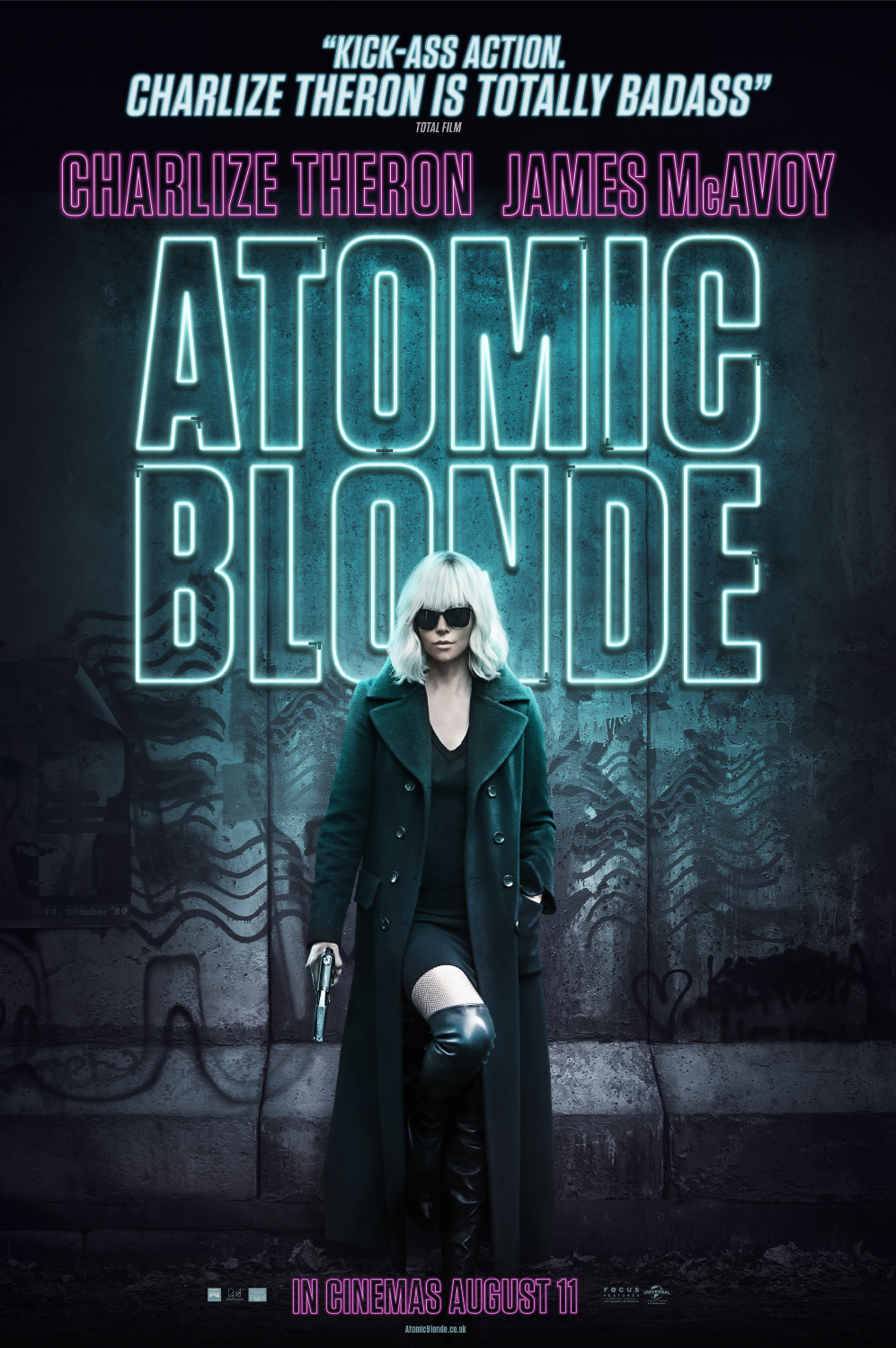The Furniture: Revisiting the Surreal Spaces of Toys
 Monday, December 18, 2017 at 3:30PM
Monday, December 18, 2017 at 3:30PM "The Furniture," by Daniel Walber, is our weekly series on Production Design. You can click on the images to see them in magnified detail.
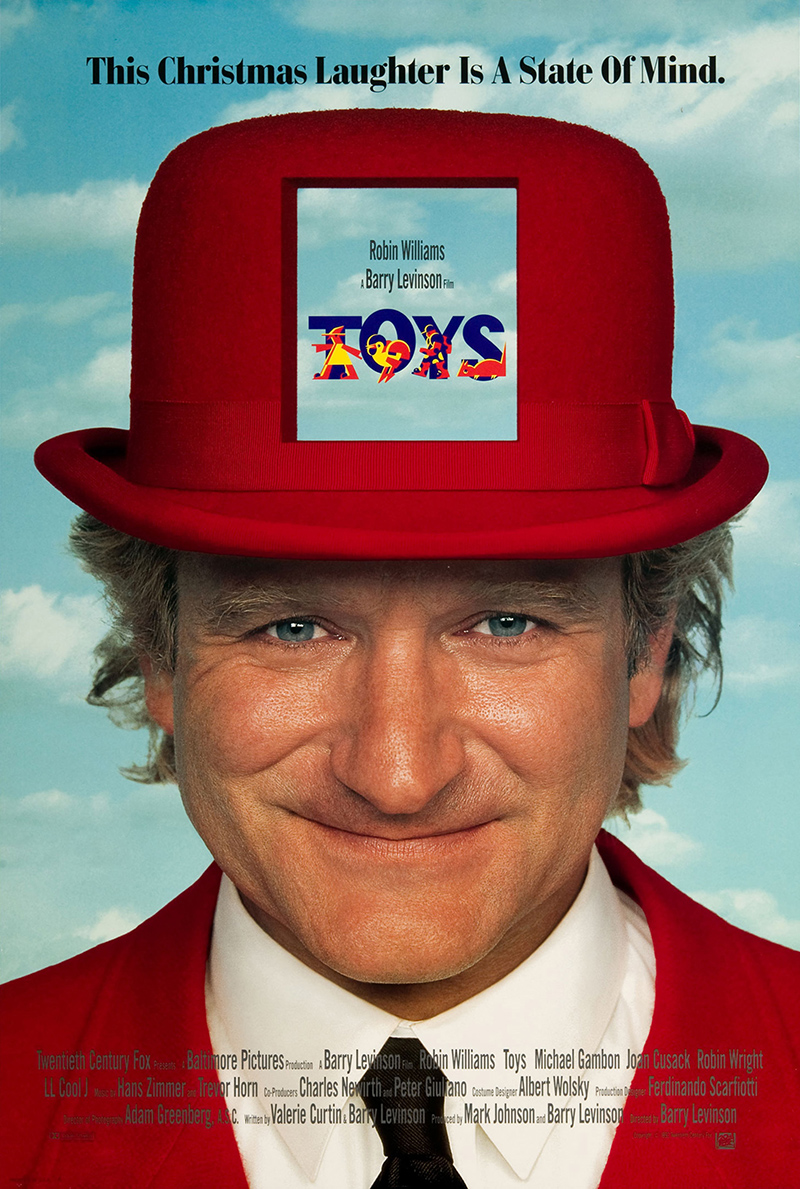 Today marks the 25th anniversary of Barry Levinson’s Toys, a film you don’t hear about very much anymore. It wasn’t exactly beloved at the time, certainly, and wound up with a Razzie nomination for Worst Director. However, it also showed up at the Oscars, receiving nominations for Best Costume Design and Best Production Design. At the very least, it remains a pleasant reminder that sometimes even flops are given a fair shake by the Academy’s craft branches.
Today marks the 25th anniversary of Barry Levinson’s Toys, a film you don’t hear about very much anymore. It wasn’t exactly beloved at the time, certainly, and wound up with a Razzie nomination for Worst Director. However, it also showed up at the Oscars, receiving nominations for Best Costume Design and Best Production Design. At the very least, it remains a pleasant reminder that sometimes even flops are given a fair shake by the Academy’s craft branches.
And now, in the dramatically different context of 2017, it deserves some renewed attention. Its critique of militarism and toxic masculinity has aged surprisingly well, as have the more committed of the performances. Joan Cusack’s absurd turn as the eternally childlike Alsatia is at the top of the list.
But the best elements are still those that were recognized at the time.The work of production designer Ferdinando Scarfiotti, art director Edward Richardson and set decorator Linna DeScenna is beyond...



